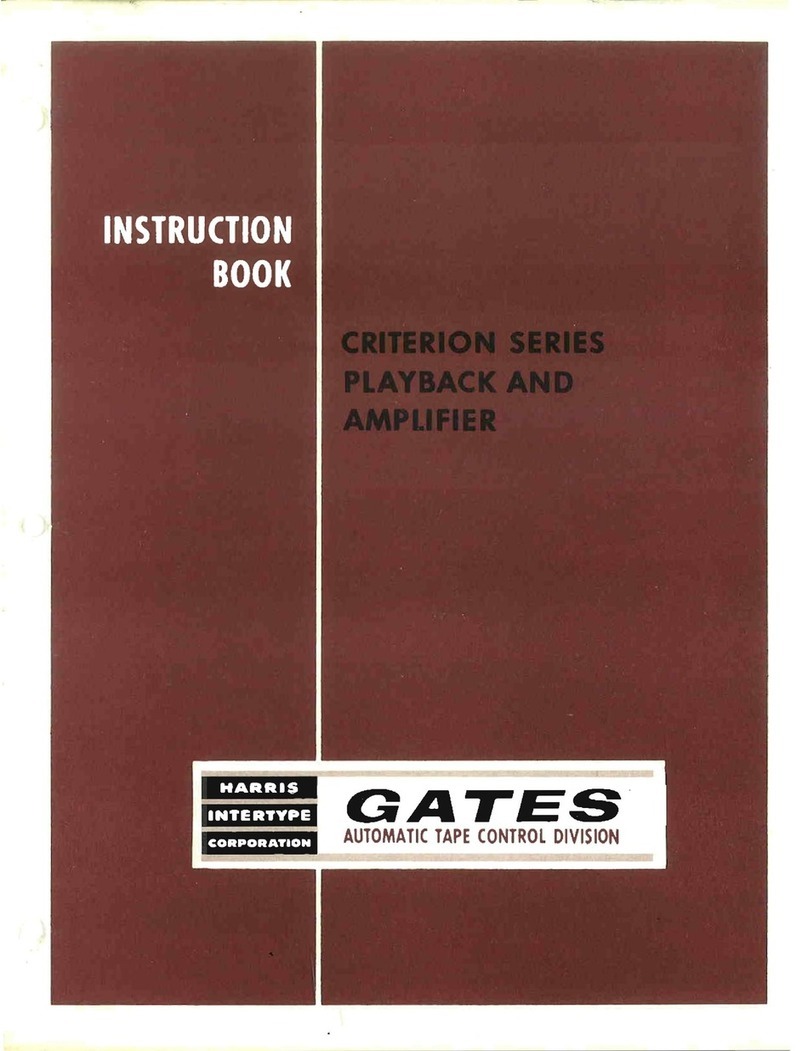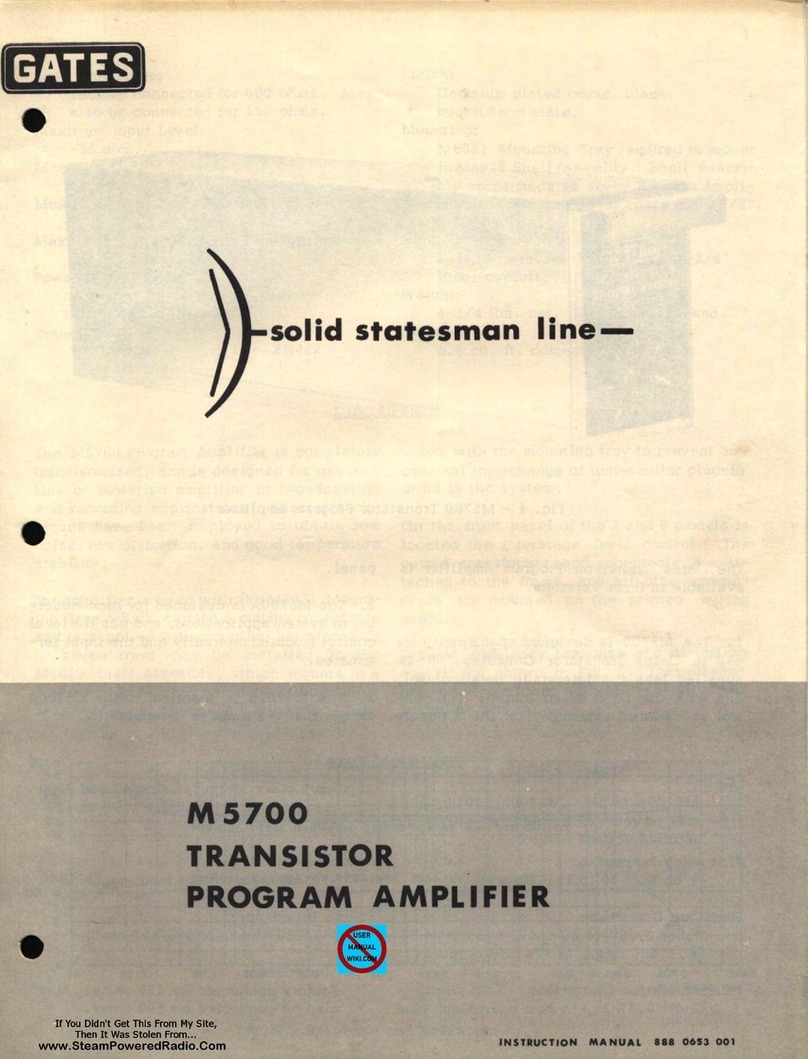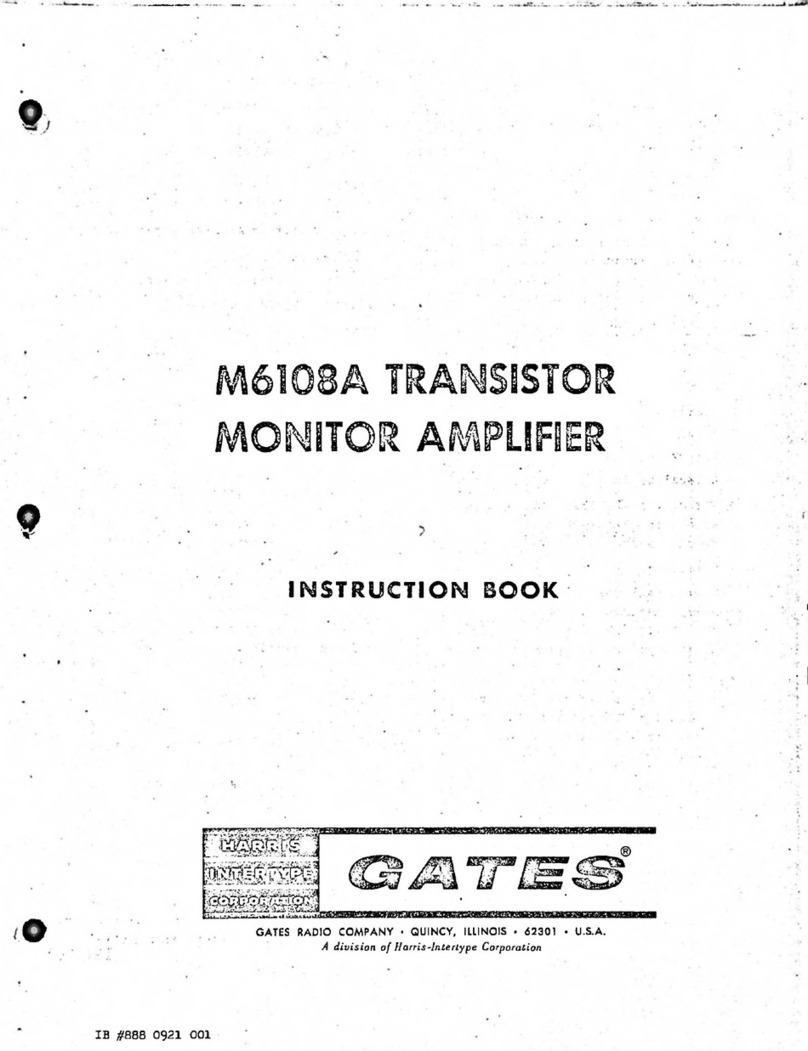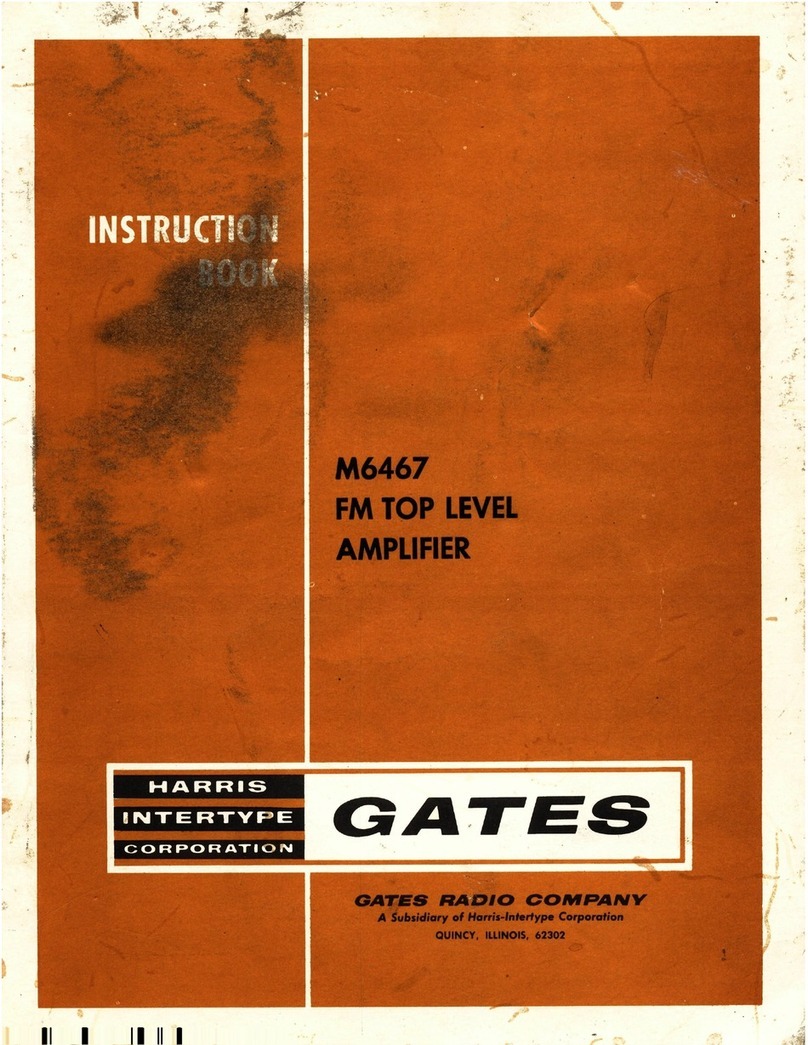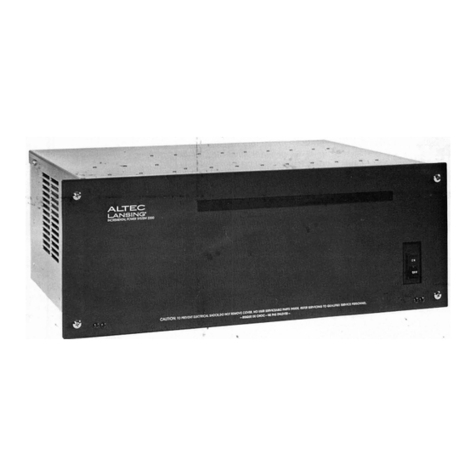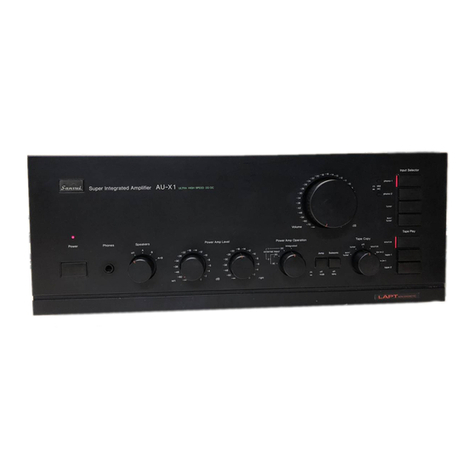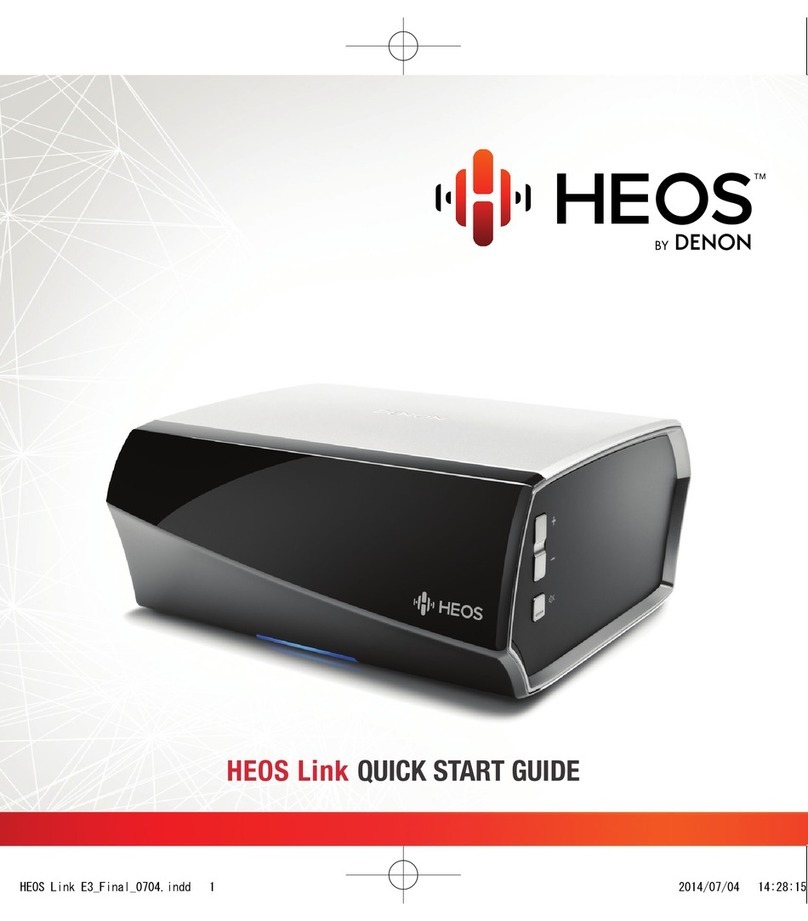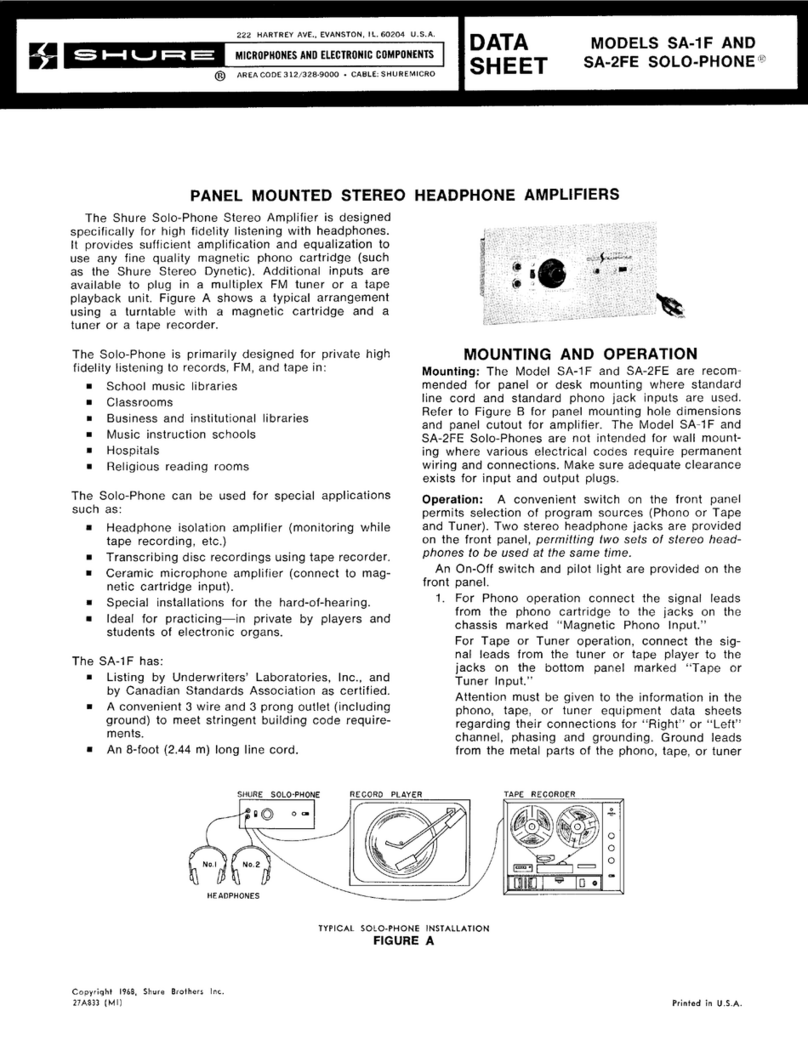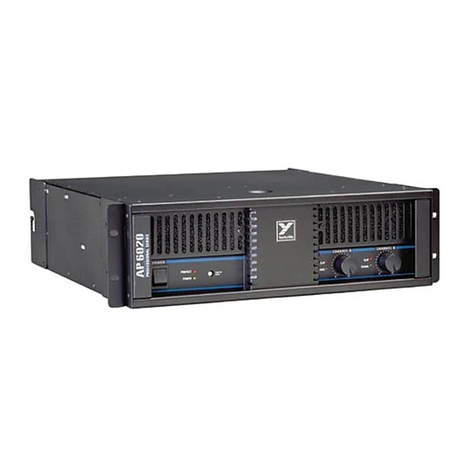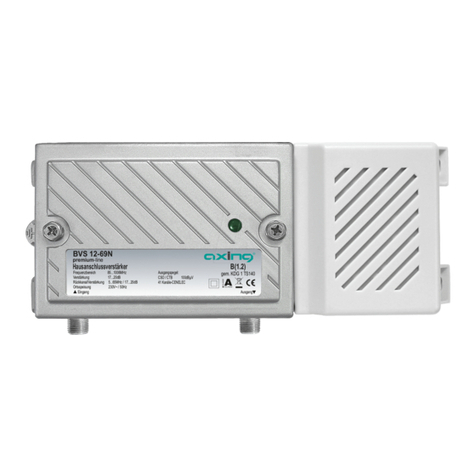Gates M-6035 User manual

INSTRUCTION
BOOK
FOR
M-6035
CUE-INTERCOM
AMPLIFIER
88
-
108
MC
<L
-
s-
•
June
1965
BOOK
GATES
RADIO
COMPANY
QUINCY,
ILLINOIS
62301
U.S.A.
A
Division
of
Harris-lntertype
Corporation
-

THEORY
OF
OPERATION
TECHNICAL
DATA
GAIN:
THE
PREAMPLIFIER
NOISE:
45
Ohms.
-40
DBM.
.
+30
DBM.
55°
C.
(131°
F.
THE
POWER
AMPLIFIER
85°
C.
(185°
F.
TRANSISTORS:
SIZE:
MAINTENANCE
PREVENTIVE
MAINTENANCE
SOURCE
.
IMPEDANCE:
POWER
REQUIRE
MENTS:
HARMONIC
DISTORTION:
OUTPUT
LOAD
IMPEDANCE:
.
FREQUENCY
RESPONSE:
MAXIMUM
OUTPUT
LEVEL:
MAXIMUM
INPUT
LEVEL:
45
Ohms.
(High
Impedance
Speaker
-105
DBM
equivalent
input
noise.
Peaked
for
maximum
intelli
gibility.
2
-
2N1183
1
-
2N5088
For
the
purpose
of
explanation,
the
Cue-Intercom
Amplifier
can
be
considered
to
be
made
up
of
two
distinct
parts:
The
preamplifier,
and
the
power
amplifier.
DESCRIPTION
The
Gates
M-6035
Transistor
Cue-Intercom
Ampli-
-
fier
is
designed
to
be
used
in
transistor
consoles
for
cueing
and
talkback
purposes.
The
amplifier
utilizes
a
gain
control
for
adjusting
to
different
input
levels.
The
amplifier
is
designed
to
be
fed
from
a
45
ohm
source
and
to
operate
into
a
45
.
ohm
speaker
or
resistive
load.
Under
4%
at
+28
DBM
(.6
W
at
mid-band
frequencies.
3
'
i
The
output
stages
of
the
power
amplifier
operate
Class
B,
and
are
arranged
in
the
circuit
configura
tion
known
as
"single
ended
push-pull",
or
"follow
ed
emitter
follower".
The
upper
and
lower
units
are
in
series
across
the
power
supply,
and
the
load
is
connected
at
their
junction,
when
the
signal
at
the
collector
of
Q4
goes
negative
Q6
and
Q8
conduct,
since
they
are
all
PNP
types.
When
the
signal
goes
positive
Q5
and
Q7
conduct
since
Q5
is
a
NPN
type.
Thus,
the
full
signal
appears
at
the
junction
point.
The
volume
control,
(located
on
the
console
situa
ted
between
the
preamplifier
and
power
amplifier,
is
connected
in
reverse,
to
maintain
the
high
source
impedance
at
all
settings
that
the
power
amplifier
requires.
INSTALLATION
AND
OPERATING
INSTRUCTION-
FOR
M-6035
CUE-INTERCOM
AMPLIFIER
-37
V.
DC
(unregulated
10
-
75
ma.
1-
2N214
3
-
2N1414
1-2N5087
3-1/4
’
’
Wide
x
7-1/2
’
'
Long
x
1
H
Thick.
86
DB
±2
DB
@
1
KC
Variable
-
Requires
10K
varia
ble
resistor.
(Fhrt
of
Console
MAXIMUM
OPERA-
—
TING
AMBIENT
Q
TEMPERATURE:
MAXIMUM
STORAGE
AMBIENT
TEMPERATURE:
Note
that
Q4
is
the
only
stage
in
the
power
ampli
fier
with
this
voltage
gain.
A
high
frequency
trans
istor
is
used
at
this
point
to
improve
stability.
Several
feedback
loops
are
employed
in
this
cir
cuit,
including
R10,
C7,
CIO,
and
C9,.C7
and
CIO
provide
high
frequency
stability,
C12
supplies
posi
tive
feedback
from
the
output
to
the
collector
cir
cuit
of
Q4
to
increase
the
signal
handling
capability
of
this
stage.
The
M-6035
Cue-Intercom
Amplifier
is
designed
for
long,
trouble-free
service.
However,
as
with
all
high
quality
electronic
equipment,
a
regular
program
of
inspection
should
be
followed.
It
is
recommended
that
when
the
amplifier
is
first
received,
part
of
the
console,
D.C.
voltage
be
measured
with
the
same
voltmeter
that
will
be
used
for
maintenance
and
troubleshooting,
and
these
The
amplifier
is
designed
to
be
used
with
the
M-6039
mounting
frame,
which
carries
a
mating
re
ceptacle
for
the
printed
card
type
connection.
The
connections
on
the
printed
wiring
board
are
gold
flashed
for
positive
connection
with
the
gold
con-
tacts
on
the
mating
receptacle.
^^The
amplifier
requires
a
-37
V.
DC
unregulated
power
source
and
requires
from
10
ma.
(at
average
power
output
to
a
maximum
of
75
ma.
(at
+28
DBM
output .
The
two
stage
preamplifier
is
driven
by
an
input
transformer
which
is
somewhat
loaded
by
the
in
put
resistor.
This
resistor
prevents
excessive
signals
from
being
developed
by
the
speaker
at
its
resonance
frequency,
which
would
over-drive
the
input
stage.
Both
stages
are
of
the
common
emitter
configuration,
with
direct
coupling
utilized
between
the
stages.
On
the
schematic,
837
9345
001,
it
should
be
noted
that
Ql
is
a
NPN
type
transistor
and
has
its
emitter
returned
to
B-
for
biasing
pur
poses.
"
Biasing
is
accomplished
by
a
combination
of
volt
age
divider
and
emitter
resistance
as
with
Rl,
R2
and
R5.
This
method
of
biasing
also
insures
a
high,
degree
of
temperature
stability.
Signal
degenera
tion
is
also
for
Q2
by
R7.

2
PARTS
LIST
Gates
Stock
No.
Description
Symbol
No.
404
0227
000
Dissipator
XD1,
XD2
L
GREEN
r
i-O
«
at
R23
Cl
Q5
R16
*»
BLK
T1
»
£
£
2
'at
*
n
\
4
3
Q3
R7
222
C12
R25
------
OND
T1
WHITE,ORANGE
Rt
C4
VOl.
CONT.
ARM
VOL.
CONT.
TOP
-
B+AOND.
RETURN
OUTPUT
-
-37VDC-
(
T1)
INPUT
—
(Tl)INPUT-
522
0242
000
Cap.,
25
mfd,
25
V.
506
0005
000
Cap.,
.1
mfd.,
200
V.
522
0178
000
Cap.,
25
mfd.,
6
V.
X 1,
X 2,
X 3,
X 4,
X 5,
X 6
X 7,
X 8
404
0066
000
Socket
404
0149
000
Socket
r
—
T1
SECONDARY.
n
SECONDARY
GREEN
BLACK
R2
Q2
R1
R2,
R3
R4
R5
R6
R7,
R8
522
0246
000
Cap.,
100
mfd.,
25
V.
506
0006
000
Cap.,
.25
mfd.,
200
V.
506
0004
000
Cap.,
.05
mfd.,
200
V.
380
0115
000
Transistor,
2N5088
.
380
0011
000
Transistor,
2N214
380
0112
000
Transistor.
2N5087
380
0014
000
Transistor,
2N1414
380
0012
000
Transistor,
2N1183
readings
be
recorded
on
the
amplifier
schematic
a-
boye
the
typical
voltages
shown.
SERVICING
R10,
R14
Rll
R12,
R18
R13
R15
R16
R23
R24
R21,
R22
R25
R17
_'Ti
Symbol
No.
C7,
C8
♦
*«
o
T
C12
C13
C14
QI
Q6
Q2,
Q3,
Q4,
Q5
.07,
Q8
When
servicing
the
amplifier,
the
following
points
should
be
observed.
2.
Circuit
resistances
should
be
measured
only
af
ter
removing
the
associated
transistor
or
trans
istors,
to
prevent
damage
due
to
ohmmeter
bat
tery
voltage.
3.
DO
NOT
remove
or
insert
transistors
with
the
power
ON.
4.
DO
NOT
probe
the
printed
board
with
a
metal
probe
with
the
power
ON.
Gates
Stock
No.
Description
516
0054
000
Cap.,
.001
mfd.,
1
KV,
10%
522
0256
000
Cap.,
20
mfd.,
50
V.
Cl,
C2,
C3,
C4,
C9
C5
C6
”
1
T
«
540
0081
000
Res.,
22Kohm,
1/2
W.,
5%
540
0071
000
Res.,
8200ohm,
1/2
W.,
5%
540
0076
000
Res.,
13Kohm,
1/2
W.
,
5%
540
0075
000
Res.,
12Kohm,
1/2
W.,
5%
540
0057
000
Res.
,
2200
ohm,
1/2
W.
,
5%
540
0036
000
Res.,
300ohm,
1Z2W„
5%
.
540
0045
000
Res.,
680
ohm,
1/2
W.,
5%
R9,R19,R20
540
0041
000
Res.,
470
ohm,
1/2
W„
5%
540
0073
000
Res.,
lOKohm,
1/2W.,
10%
540
0085
000
Res.,
33K
ohm,
1/2
W.,
5%
540
0039
000
Res.,
390
ohm,
1/2
W„
5%
540
0098
000
Res.,
110K
ohm,
1/2W.,
5%
540
0049
000
Res.,
IK
ohm,
1/2
W.,
5%
540
0070
000
Res.,7500ohm,
1/2
W.,
5%
540
0017
000
Res.,47
ohm,
1/2\V.,5%
540
0023
000
Res.,
82
ohm,
1/2
W„
5%
540
0005
000
Res.,
15
ohm,
1/2
W.,
5%
540
0845
000
Res.,
6.8
ohm,
1/2
W.,
5%
540
0025
000
Res.,
100
ohm,
1/2
W.,
5%
478
0285'000
Transformer,
Input
04
g
M
M
2
Q7
—
If-
5.
Circuit
voltages
are
reversed
from
standard
va
cuum
tube
practice,
as
is
the
polarity
of
all
electrolytic
capacitors.
6.
The
location
of
the
positive
end
of
each
elec
trolytic
capacitor
is
indicated
by
the
white
dot
marked
on
the
top
of
the
circuit
board.
1.
The
condition
of
the
output
stage
measuring
the
speaker
bus
voltage
at
the
junction
of
R21
and
the
collectbrof
Q8.
R22
U
j|
QI
—

IM
IOB
104
103
101
101
El
ITKM
RVFKRCNCK
QTY.
QTY.
DCSCRIRTIOM
(7.B\
-37
Cl
35.0
ClZ
-12.9
C7
SLUE
(.1-77)
.001
(
Qo.oi
]
(1ST)
<
9AQ'rVA'
-8.0
-18.70
(1.5)
82
■w
•
r
cs
V
—
(.472
C47C
••
rm.1
•TATU»
±5-
OJ
rim
.
MTV
tdw
XI
*
C-
7?5^5
DR.
xi
rr
or
i
R/4
/OK
*yzs]7
.
R2\
8.3
K'
*8
LBO
RlO
I0K-
C.C
2^4
^9
476
2 /4/4
XQ3
C&
“
~
2c/so
'£//
33*
E/2
3S&
2NI4K
X<?V
Z
’
/<5
J3O
/?/<
/XT
2/V/^V
XQ^
E
20
470
2A7L33
8
7
-
R23
47
1
ft/
2224
2H5081
XQI
R4
!3K
C4-
7E/25 Z
R
5
W\A V
I2K
2N5081
XQ2
Z/7
/oo
2N2I4-
XQC.^
2HH83
KQ7
X2
2Z
tS
C/3
.25
£7
JOO
-7.5
R7L
cc/£
—
SCHEMATIC
D/AftRA/H
XT2/
/5
fcs
-
-37
\.;.\C.
<
-r©
-T®
-■O
-
:
©I
-/3)!
©
--©
—
-®
-.001
C»3^
R
G.
2.2
K
IMA
TC
RIAL
l'"°H
-/a.92
(IO.Of)
SCAL«
-i/g
Qozq)
-to
.Q
'
/1.75J
npiWWI
~
‘
l
1
~aq-
73
Zw<WWV^
//
4/r
7/
478
<265000
-
.C2
H~
zS
/2
vwvv
—
Q,A
OATES
RADIO
COMPANY
OUIMCY.
ILUNOia
^LX.
s=>
c
’
4
c^T
1
VIST
OF
PARTI
RIN.
I
(.00^
45.1
OUT-
Y
J
£'»
’
ikVIUk!!/
wsa;iagh
Z
ALL
2.
ALL
3.
D.C.
4.
()
5.
CAP.
/H
FD.
>
W/TH
D.C.W.V.
PFSLSTOPS
//2
&
S'
X.
vozr,4<9z\r
measured
aga
/
nst
w
/
tr
zqrjx
/
volt
meter
6>
no
signal
.
R S
S/GPAL
VOLTAGE'AfF4SL/fW>4T
//tc
r//FVLL
GA//J
<3/
DS^)
OUT
US/RG
//*
7TPF)
403
D
INDICATES
SOLDER
LUG,
■
%■
't-
Other Gates Amplifier manuals
Popular Amplifier manuals by other brands

Ashdown
Ashdown TONE POCKET user manual
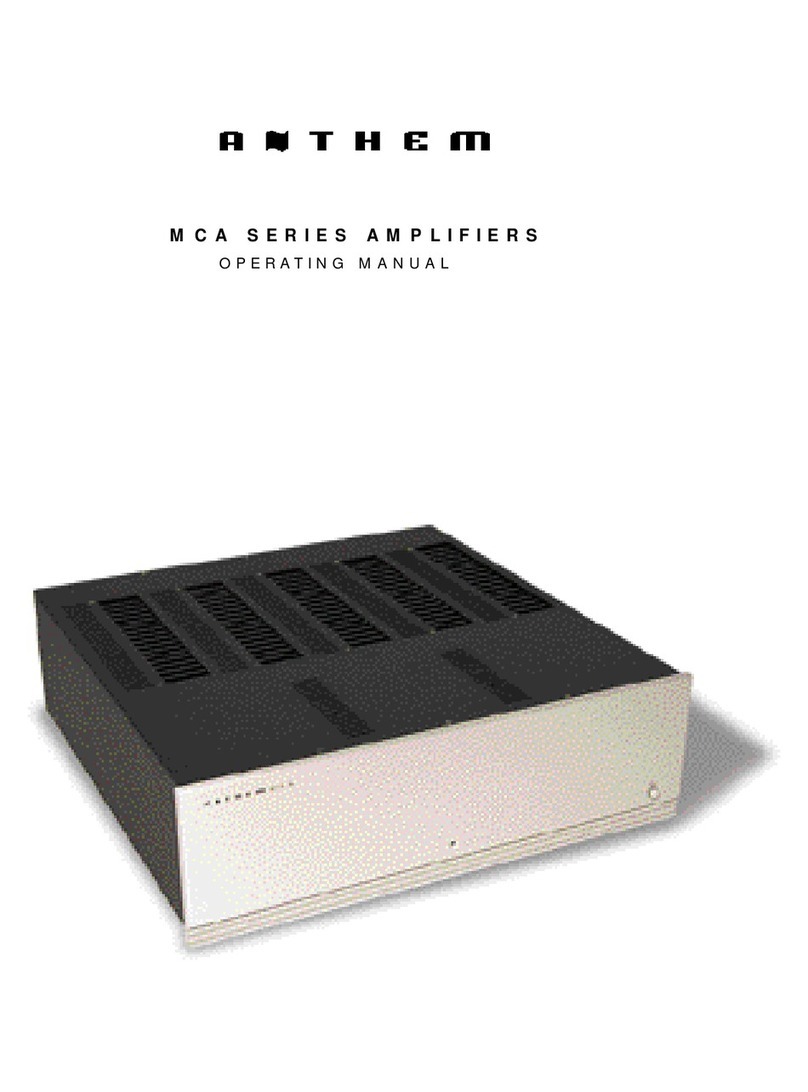
Sonic Frontiers
Sonic Frontiers MCA Series Operation manual
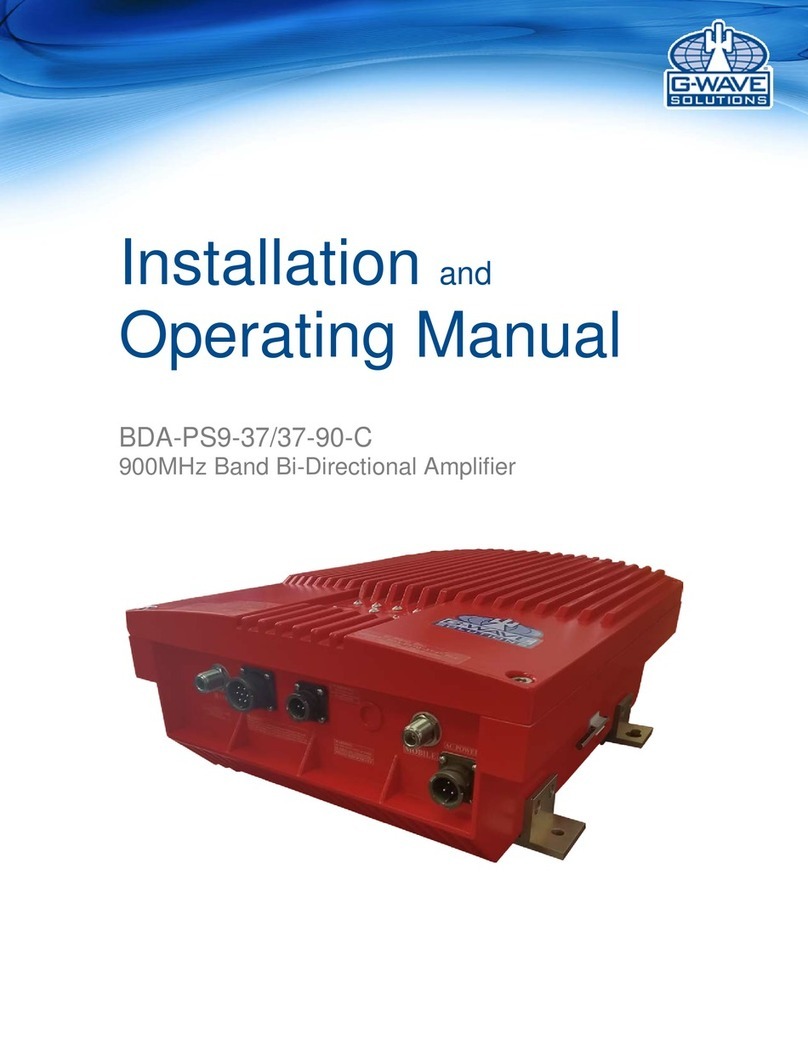
G-Wave
G-Wave BDA-PS9-37/37-90-C Installation and operating manual

Wisi
Wisi VX 52 B Series operating instructions
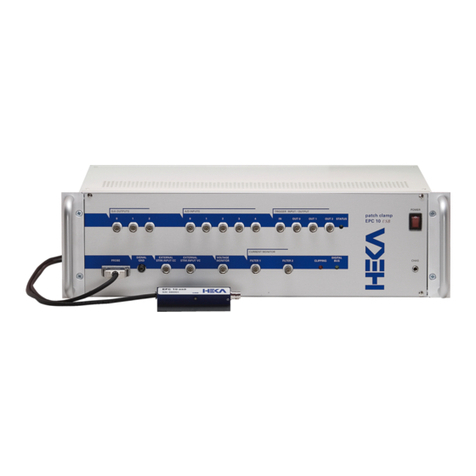
HEKA Elektronik
HEKA Elektronik EPC 10 USB Hardware manual
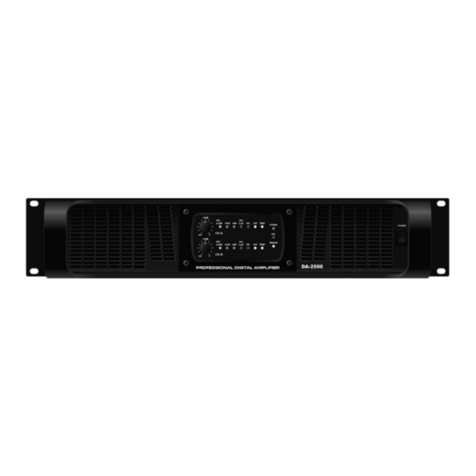
Audiolab
Audiolab DA-2500 user manual
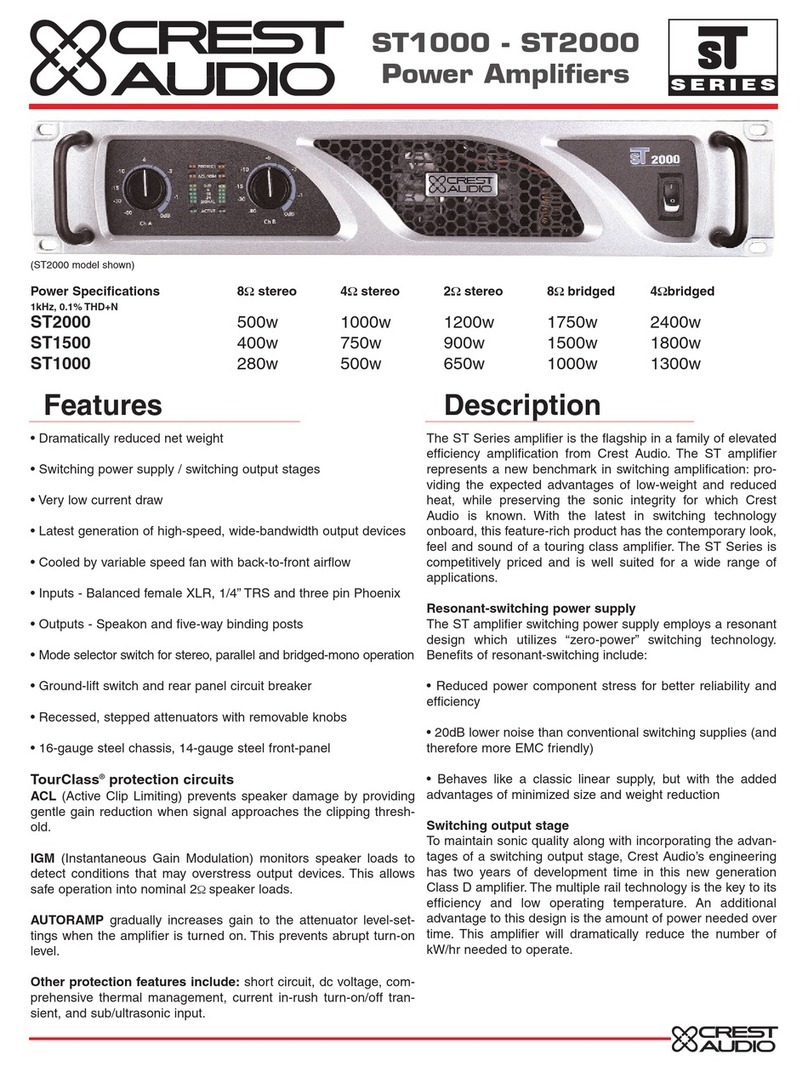
Crest Audio
Crest Audio ST1000 Specifications
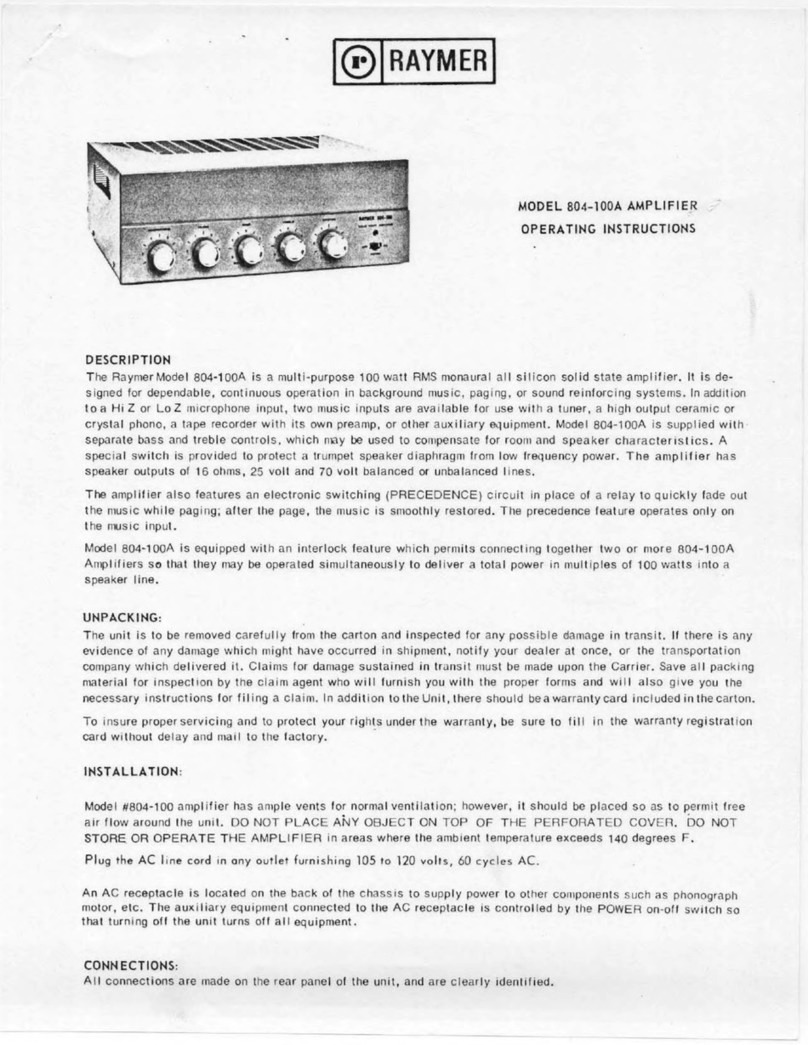
Trutone Electronics
Trutone Electronics PAYMER 804-100A operating instructions
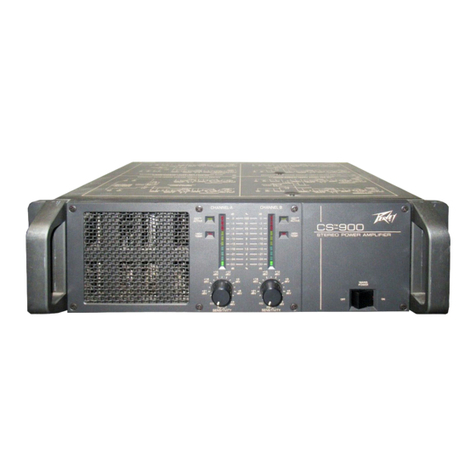
Peavey
Peavey CS-900 owner's manual
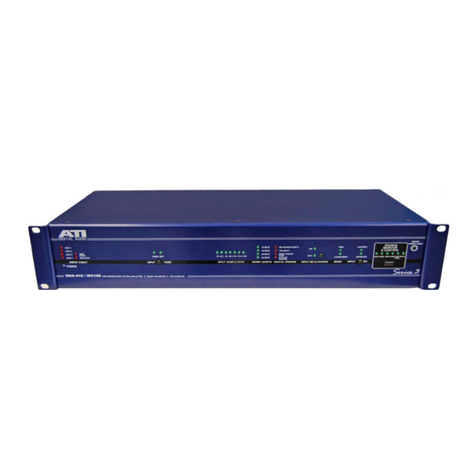
ATI Audio
ATI Audio DDA416 Operating and maintenance manual
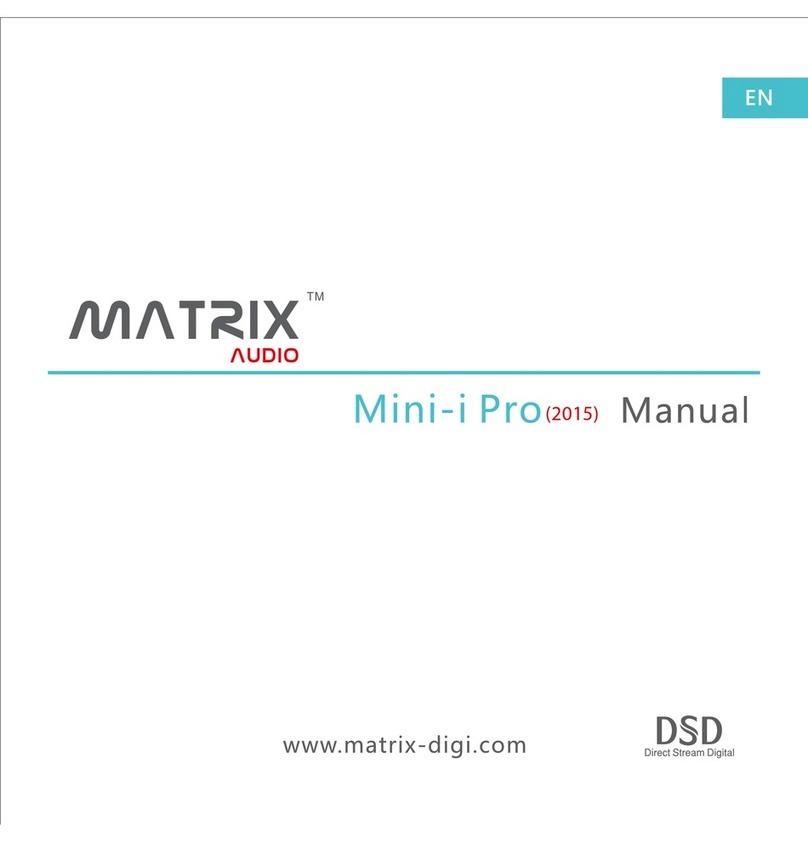
Matrix Audio
Matrix Audio Mini-Pro user manual

Creek Audio
Creek Audio A50i operating instructions
